Expansion of Regional Air Travel
The Aircraft Propeller Systems Market is benefiting from the expansion of regional air travel. As more regions invest in aviation infrastructure, the demand for smaller aircraft equipped with efficient propeller systems is on the rise. This trend is particularly evident in emerging markets where air travel is becoming increasingly accessible. According to industry reports, the regional aircraft segment is projected to grow at a compound annual growth rate (CAGR) of over 5 percent in the coming years. This growth is fueled by the need for connectivity in remote areas and the increasing popularity of air taxis and charter services. Consequently, manufacturers are focusing on developing propeller systems tailored for these smaller aircraft, which are often designed for short-haul flights. The expansion of regional air travel is likely to create new opportunities within the Aircraft Propeller Systems Market.
Increased Demand for Fuel Efficiency
The Aircraft Propeller Systems Market is experiencing heightened demand for fuel-efficient solutions. As airlines and private operators seek to reduce operational costs, the focus on propeller systems that enhance fuel efficiency becomes paramount. Recent studies indicate that advanced propeller designs can improve fuel consumption by up to 15 percent. This trend is driven by the need for sustainable aviation practices and regulatory pressures to minimize carbon emissions. Consequently, manufacturers are investing in research and development to create innovative propeller systems that not only meet performance standards but also align with environmental goals. The emphasis on fuel efficiency is likely to shape the competitive landscape of the Aircraft Propeller Systems Market, as companies that can deliver superior efficiency may gain a significant market advantage.
Growth in Unmanned Aerial Vehicles (UAVs)
The Aircraft Propeller Systems Market is witnessing growth driven by the increasing adoption of unmanned aerial vehicles (UAVs). As UAV technology advances, the demand for specialized propeller systems tailored for these aircraft is rising. UAVs are utilized in various applications, including surveillance, agriculture, and logistics, necessitating propeller systems that offer high efficiency and reliability. The market for UAVs is projected to expand significantly, with estimates suggesting a CAGR of over 15 percent in the next few years. This growth presents opportunities for manufacturers to develop innovative propeller designs that cater specifically to the unique requirements of UAVs. The integration of advanced materials and designs in UAV propellers is likely to enhance performance and operational capabilities. Consequently, the growth of UAVs is expected to be a pivotal factor influencing the Aircraft Propeller Systems Market.
Regulatory Compliance and Safety Standards
Regulatory compliance is a significant driver in the Aircraft Propeller Systems Market. As aviation authorities worldwide implement stricter safety and environmental regulations, manufacturers are compelled to innovate and adapt their propeller systems accordingly. Compliance with these regulations not only ensures safety but also enhances marketability. For instance, propeller systems that meet noise reduction standards are increasingly favored by operators. The Federal Aviation Administration (FAA) and the European Union Aviation Safety Agency (EASA) have established guidelines that influence design and manufacturing processes. This regulatory landscape encourages investment in research and development to create compliant and efficient propeller systems. As a result, companies that prioritize regulatory adherence are likely to strengthen their position in the Aircraft Propeller Systems Market, appealing to a broader customer base.
Technological Innovations in Propeller Design
Technological advancements are a key driver in the Aircraft Propeller Systems Market. Innovations such as composite materials and advanced aerodynamics are revolutionizing propeller design. These technologies enable the production of lighter, stronger, and more efficient propellers. For instance, the integration of computer-aided design (CAD) and computational fluid dynamics (CFD) allows for precise modeling and testing of propeller performance. As a result, manufacturers can optimize designs to enhance thrust and reduce noise levels. The market is witnessing a shift towards smart propeller systems that incorporate sensors for real-time performance monitoring. This trend not only improves operational efficiency but also enhances safety. The continuous evolution of technology in propeller systems is expected to drive growth in the Aircraft Propeller Systems Market, as stakeholders seek to leverage these advancements for competitive advantage.


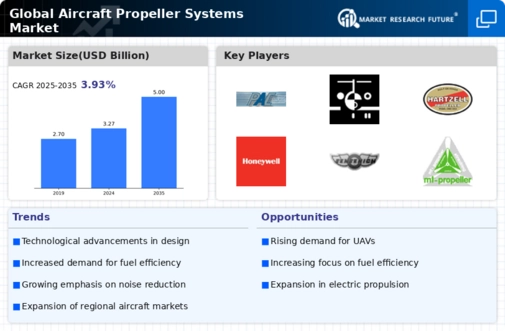
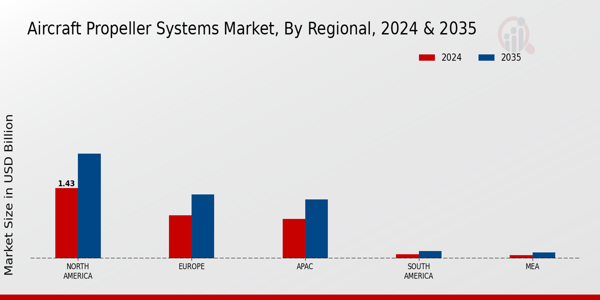


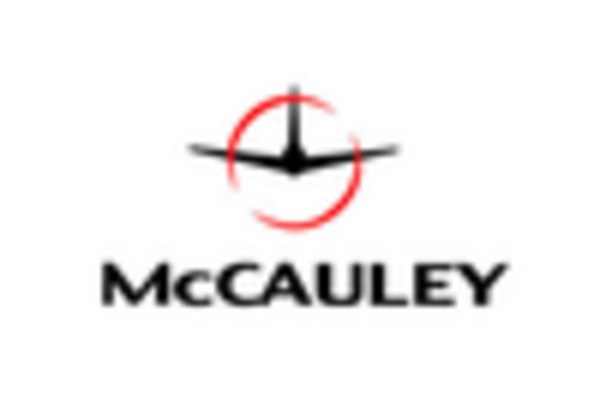
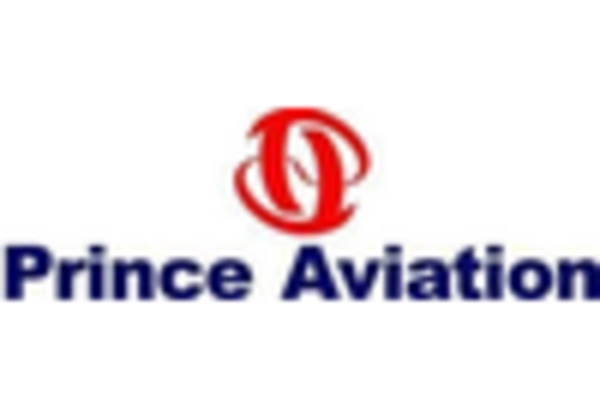
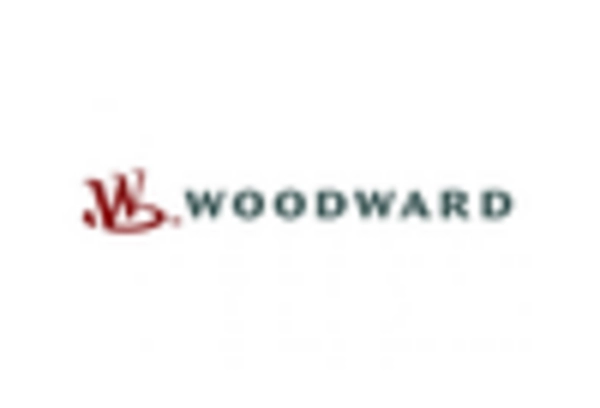








Leave a Comment